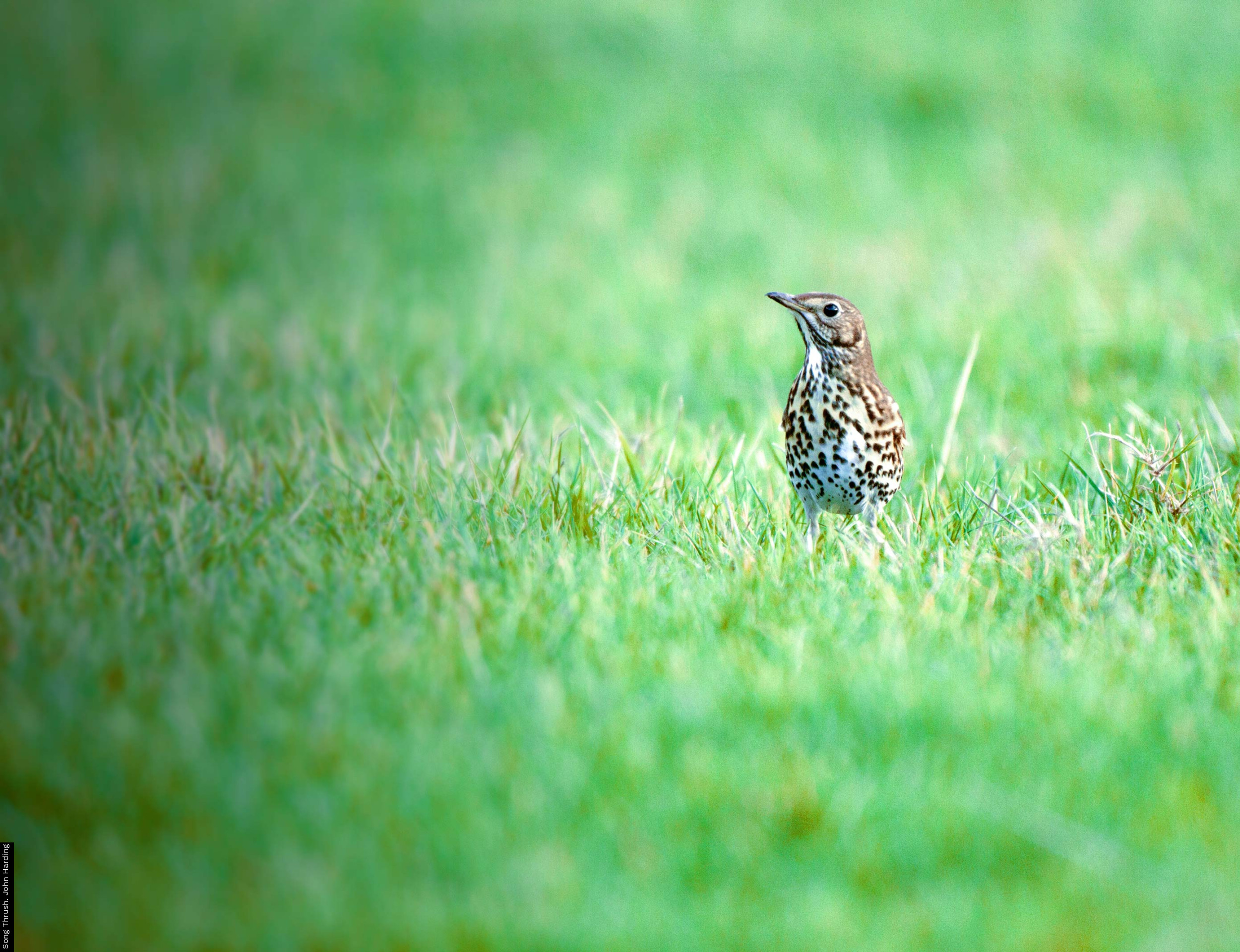Frequently-asked Questions
This page contains the answers to some of the most frequently-asked questions. We will add more questions and their answers as they emerge over the course of the survey.
Why can't I tell you about other species not on your list?
We are interested in the structure of the core garden bird community and have restricted our analysis to the 60 familiar species most likely to be encountered in a garden setting. If we were to expand this list to cover all possible species then it is likely that there will be some species that only a proportion of observers would be able to identify, which might introduce a bias into the results.
Why don't you differentiate between males and females, or adults and juveniles?
While male and female Blackbirds can be distinguished by most observers, there are other species that are more difficult to distinguish (or which cannot be distinguished at all). In order to avoid introducing any bias, we have restricted ourselves to an approach that will work across all species and all observers.
Should I record birds that I know are in my garden but are not seen during the recording period?
Please only record the birds that you see during the count period and ignore any that you know to be present (e.g. the Blue Tit chicks in your nest box) that you cannot actually see.
Can I enter more than one submission?
Yes, you can but we will only use one of your submissions in our analyses.
What is the difference between the Big Garden Weigh-in and the survey that the RSPB are currently running?
The BTO survey is looking at the structure of avian communities using gardens and how this has changed over time and in relation to local habitat. It will also involve analysis of the BTO's weekly Garden BirdWatch survey data, plus that from the Garden Bird Feeding Survey, which has been running since 1969. The aim is to produce a peer-reviewed scientific publication and to further our understanding of how birds respond to urbanisation. The RSPB's Make Your Nature Count is the summer version of their Big Garden BirdWatch and is one of a number of surveys that they operate to engage with the public.
How did you derive the different categories of bird biomass presented on the map?
In order to represent geographic variation in bird biomass we have calculated an average bird biomass value for each grid square. We then rank these from highest to lowest and split the resulting list of squares into five equal parts. The unit containing the top 20% of squares, based on their average bird biomass, is termed 'High Biomass', the bottom 20% 'Low Biomass' and so on.
I take part in BTO Garden BirdWatch (GBW); can I still enter counts for the Big Garden Weigh-in and how will my GBW records be used?
Yes, you can participate in both surveys as we will be able to identify GBW participant submissions entered into the Big Garden Weigh-in. When it comes to some of our analyses, we will use the BTO Garden BirdWatch records alongside those from the Big Garden Weigh-in, removing those GBW records from the analysis where there is a Weigh-in record for the same week.
I'd like to do more garden bird recording from my garden. How can I do this?
By becoming a participant in the BTO Garden BirdWatch; you'll find more information on this project here.






Share this page